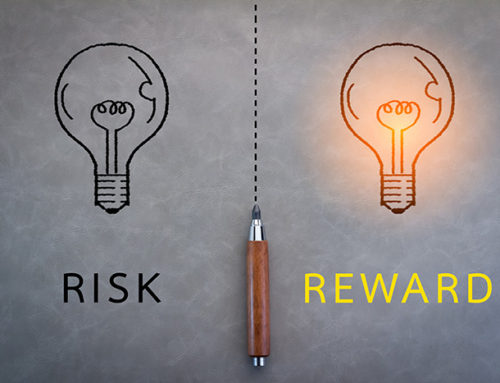This is my first blog post of any sort, so I’d appreciate it if you would keep that in mind if reading this causes you to wretch. I’ve done a lot of things professionally including co-founding a startup, working in IT; but most of my career has been spent in human resources. Although I’ve spent time in most HR functions, my primary area of expertise is in total rewards (aka compensation and benefits) and HR operations/infrastructure. I’ve worked for a variety of organizations across different industries- pre-IPO startups to large public corporations, as well as, grass-roots and national not-for-profits. I feel fortunate to have been exposed to a rich variety of experiences and people.
At one level, blogging/writing to an audience feels like a narcissistic endeavor which although too common today, still feels a bit awkward to me. That said, I’m at the stage of my life and career (hint: my knees creak sometimes), where I really want to share my insights, knowledge and experiences with others for whatever that’s worth which may be nothing (which is why you’re getting this for free). I’ve had the good fortune to work with a lot of people who are in the early stages of their career- bright, enthusiastic, thoughtful, hard-working people who can benefit from learning from those with more knowledge and experience. Also, I’ve met and worked with a lot of HR professionals and managers for whom compensation can be an area that is intimidating or at least out of their comfort zone. So I am writing this blog with especially those two audiences in mind.
Please feel free to email me with your questions and/or feedback. I suspect a lot of questions you have individually are the same ones others have. I plan to use many of your questions as the basis of future blogs. Today, I’m going to share a recent experience which will start to give you an idea of my compensation “biases.”
I got a call from a Denmark-based private equity firm who wanted to ask me about different employee recognition platforms/apps. One company in their portfolio is a restaurant chain in the Southeast region of the US experiencing high employee turnover (hmm, don’t the vast majority of restaurants in the US have this challenge?). When I asked what they thought the cause of turnover was they weren’t sure. The restaurant uses an internally-built employee survey but the private equity firm doesn’t trust the results. But despite that, the private equity firm was stuck on asking my opinion between employee recognition platform A vs B.
This conversation with the private equity firm raised all sorts of questions in my mind (like did you understand the US restaurant market before making this investment?). But from an employee retention and engagement perspective, don’t you want to know what’s important to employees? Instead of jumping to a solution that might not be anywhere close to targeting the real problem, should you consider developing an accurate way to find out what’s important to employees? If you don’t trust restaurant management’s methods, maybe address that one first? Consider an employee pulse/feedback solution that also provides normative data with like companies/industries that offer meaningful benchmarks- not only on employee ratings but turnover rates?
At a previous company, we did an employee pulse “survey” quarterly- usually no more than 10 “on a scale of 1 to 7” questions that an employee could answer in 3 minutes. Of course, we encouraged employees to provide written comments and many did. We analyzed the data in a number of ways, prioritized the “opportunities,” communicated with employees, took actions based on priorities and bandwidth, and then re-measured ourselves to see what progress, if any, we were making. Two of the consistently low scoring dimensions over multiple quarters were the quality and quantity of feedback to employees, as well as, recognition of employees. We decided to run employee focus groups globally to understand better what were behind the scores on these two dimensions. Doing this in turn enabled us to develop and launch initiatives, including an employee recognition platform, that were very successfully supported by executives and embraced by employees. Why so successful? One, I think because we collected and analyzed data to the extent we understood the context and nuances associated with concerns raised by employees. Two, because we presented our findings and recommended solutions to the CEO and his executive team and got their commitment to not just support, but own to a great extent these initiatives. Finally, how we approached these problems and solving for them, the solutions themselves were consistent with the company’s cultural values and goals.
Seems like common sense, right? Unfortunately, a lot of organizations fail to go through this data-driven, thoughtful, culturally-aligned process for a variety of reasons.
Let me know your thoughts and what topics interest you. Thanks for reading.


